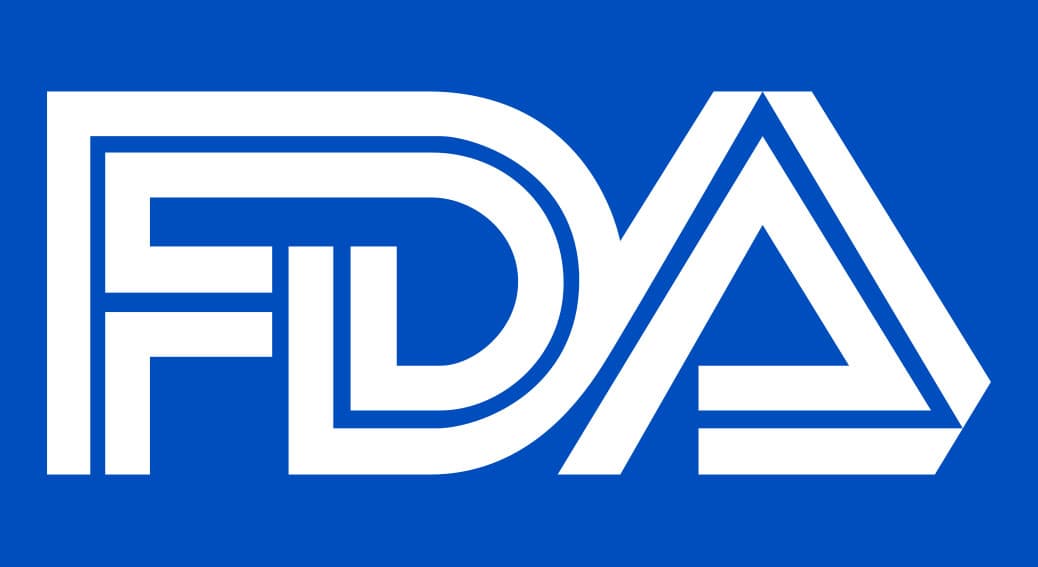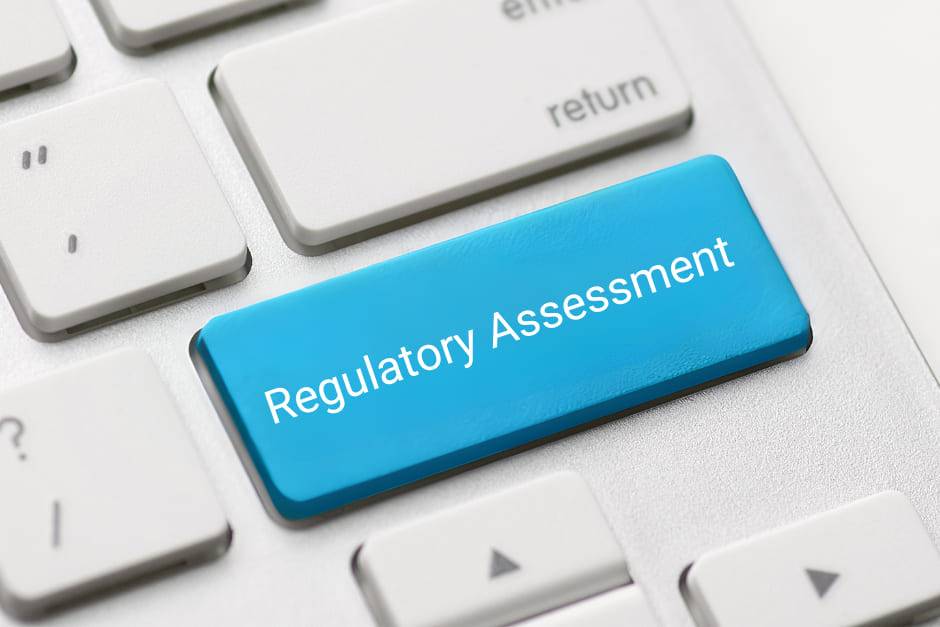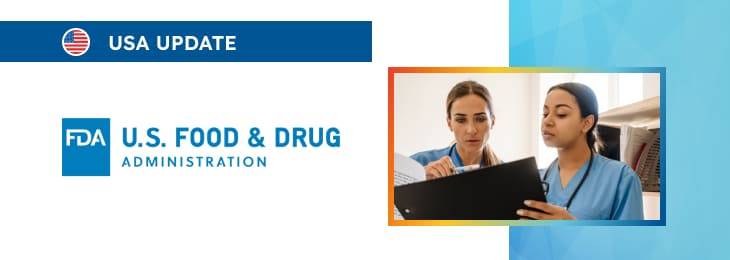The new article provides additional details regarding specific aspects associated with remote regulatory assessments.

Table of content
The Food and Drug Administration (FDA or the Agency), the US regulating authority in healthcare products, has published a draft guidance document dedicated to remote regulatory assessment.
The guidance is structured as a questions-and-answers document providing an overview of the applicable regulatory requirements, as well as additional clarifications and recommendations to be taken into consideration by medical device manufacturers and other parties involved to ensure compliance thereto.
At the same time, it is essential to mention that the document’s provisions are non-binding in their legal nature, nor are they intended to introduce new rules or impose new obligations.
Moreover, the authority explicitly states that an alternative approach could be applied, provided such an approach is in line with the respective legislation. It has been agreed with the authority in advance.
In particular, the scope of the guidance covers expectations of the authority related to the Remote Regulatory Assessment (RRA), as well as requests associated with it.
How May the FDA Request an RRA?
According to the document, the FDA may initiate mandatory RRAs or request voluntary RRAs using various processes.
For voluntary RRAs, the FDA typically contacts the establishment’s point of contact via email or phone, explaining the RRA’s purpose and scope and seeking written consent.
Mandatory RRAs are initiated under relevant legal authority with established procedures, like using Form FDA 4003 for drug establishments under section 704(a)(4) of the FD&C Act.

What Might an Establishment Expect During an RRA?
As explained by the authority, an RRA can involve reviewing records and information, virtual meetings, and possibly using live or pre-recorded video for facility examination.
FDA may use screen sharing and provide ongoing updates and feedback. Establishments can agree to participate in additional activities beyond mandatory requirements.
Consequences for Declining Participation in an RRA
It is also important to mention that declining a voluntary RRA won’t lead to enforcement action, but it may delay the FDA’s assessment of the establishment.
For mandatory RRAs, non-participation, such as not providing requested records, can lead to violations of the FD&C Act and subsequent FDA actions.
Technological Expectations for an RRA
Technological requirements vary based on the RRA type. They may include electronic submission of records, live streaming capabilities, and sufficient quality for FDA review.
Inadequate technical support may lead the FDA to use other oversight tools or conduct an inspection.
Records or Information FDA May Request
For both voluntary and mandatory RRAs, the FDA may request an establishment to provide records similar to those requested during a physical inspection.
This can include production records, electronic database access, and standard operating procedures. The purpose of such a request would be to validate compliance with the relevant regulatory requirements.
Use of Gathered Records and Information
FDA uses the collected data for various regulatory purposes, such as assessing marketing submissions, determining compliance, facilitating follow-up inspections, and supporting regulatory actions like recalls or warning letters.
Timeframe for Submitting Requested Records
By the applicable legislation, mandatory RRAs have specific timeframes for submission, while voluntary RRA timeframes are suggested for efficiency.
The authority also mentions that such factors as the establishment’s size, record complexity, and time-sensitive reasons influence these timeframes.
Method of Submitting Records
Records should generally be in electronic format, with security measures to ensure confidentiality. If records are in paper format, they should be scanned and sent securely.
Records may need to be in English or accompanied by a verified translation.
Completion of an RRA
After an RRA, a closeout meeting may be held where the FDA presents observations. These are not final actions but can be used for future regulatory decisions.
Establishments are encouraged to respond to observations within 15 business days. FDA prepares a report summarizing the RRA, which becomes available for public disclosure after the RRA is closed.
Conclusion
In summary, the present FDA guidance addresses some key points related to remote regulatory assessments and how they should be conducted and completed.
The document also explains the approach to be followed by the parties involved when taking some regulatory actions.
How Can RegDesk Help?
RegDesk is a holistic Regulatory Information Management System that provides medical device and pharma companies with regulatory intelligence for over 120 markets worldwide. It can help you prepare and publish global applications, manage standards, run change assessments, and obtain real-time alerts on regulatory changes through a centralized platform. Our clients also have access to our network of over 4000 compliance experts worldwide to obtain verification on critical questions. Global expansion has never been this simple.

